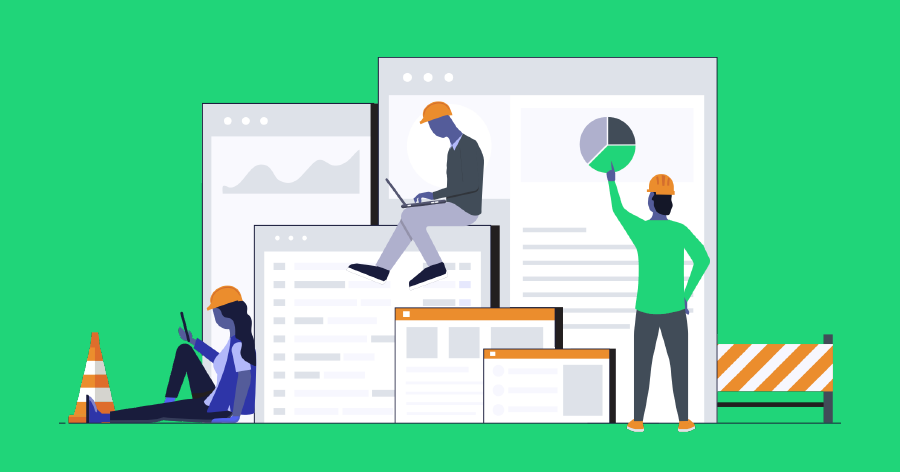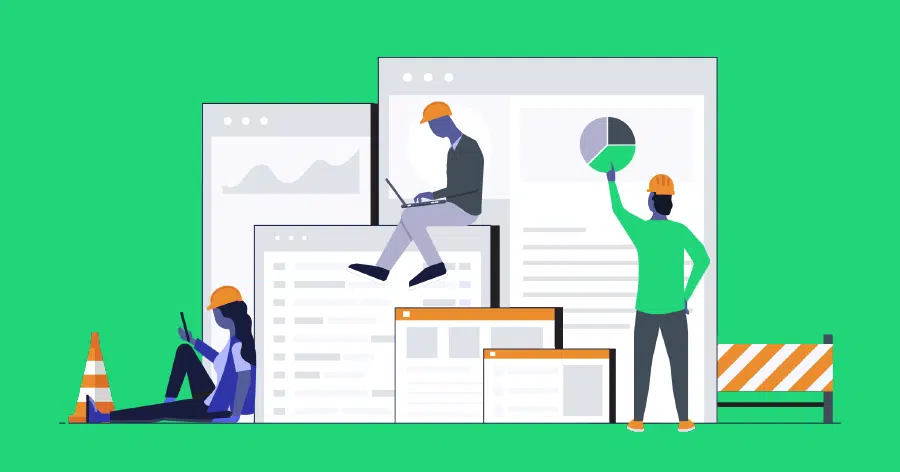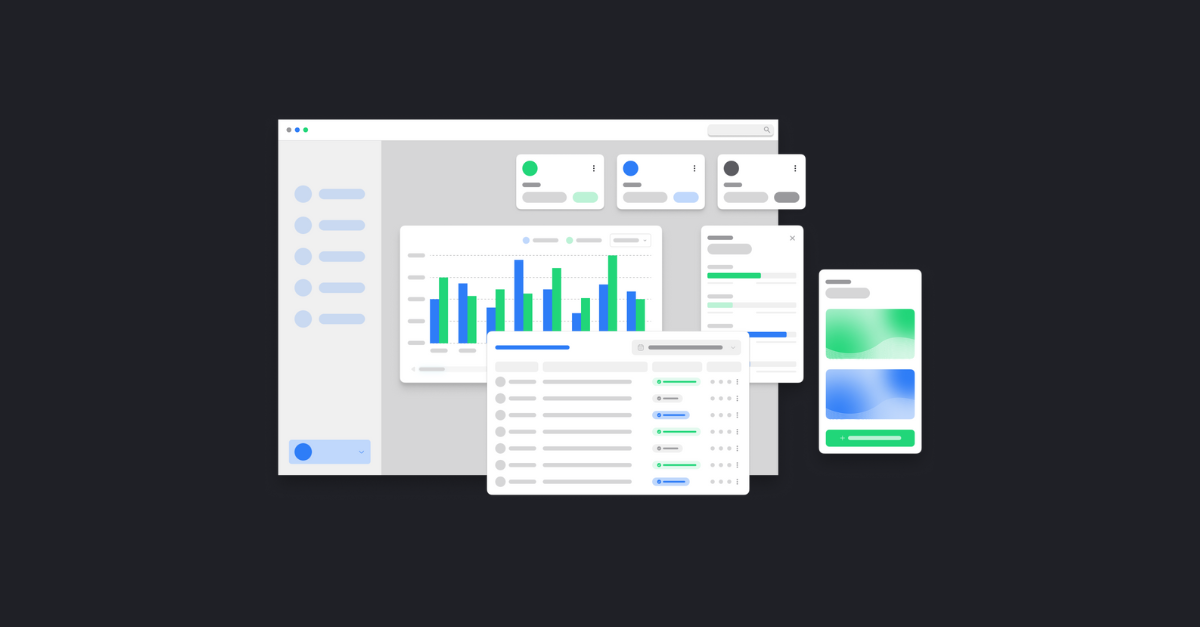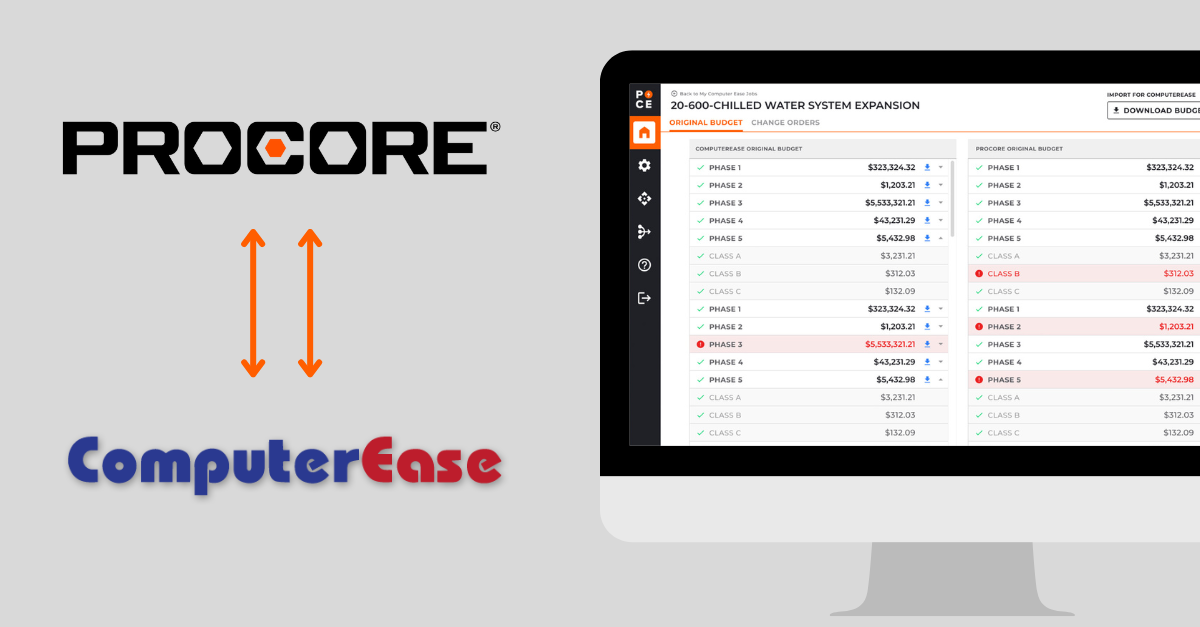
A few years ago, you left the dark ages behind and brought your construction company into the modern era. You purchased an off-the-shelf construction management software product that promised to do everything from organizing your customer list to building a space shuttle.
So why is it that you feel like you’re still using a Walkman while everyone else is running around with wireless earbuds?
It’s likely because that off-the-shelf product was never a good fit for your business in the first place, and any competitive advantage derived from the pieces that did fit has long since evaporated.
However, budgets are tight, and margins are slim. So, is your current construction management software that bad, or is it a case of “the grass is always greener”?
In other words, how do you know if upgrading is worth the investment?
Here are eight signs that your current construction management software may be costing you time, money, and even projects.
The vendor has never set foot on a construction site
Software developers like scalability as much as anyone else, so they’ll often take a basic program and tweak it to fit a bunch of different industries.
The problem is that, since they don’t understand what your job is or how you do it, those tweaks are never quite right, and you have the feeling that the developers expected you to change the way you do business to fit the software, rather than the other way around.
When that happens, the signs are obvious: Employees don’t use the software. Sometimes they’ll only use a fraction of the features. In the worst-case scenarios, employees keep doing things the same way they’ve always done them — and just add an extra step at the end of the day or week to enter information into the new system.
Going digital should make things easier, not harder. And it should never make you, your employees, or your contractors do double work.
It doesn’t integrate with your other systems
Again, construction management software should make things easier, not harder. If employees have to create workarounds because your new software can’t integrate with payroll, accounting, sales, etc., you’re doing more work, not better work.
The information you care about most is buried several layers deep
Off-the-shelf products are designed to work for most of the people, most of the time. That’s why their dashboards tend to be pretty generic. If you have to drill down through several layers to find the information you need, you’re not working efficiently.
It’s not optimized for collaboration
If you’ve worked in construction long enough, you know that there can be a big difference between the plans at headquarters and what’s really happening onsite. Even when changes are shared, it’s not unusual for the new information to sit in somebody’s inbox until the end of the day.
That back-and-forth exchange of information, with its built-in delays, doesn’t work anymore.
Collaboration is the new normal, and it’s at its best when everybody is contributing in real-time, adding further information as conditions on the ground change, receiving updated information from others, and changing plans accordingly. If the plumbing crew is running behind, the onsite supervisor can enter that information into the system, and the drywall crew can be re-routed to a different site. If a crew at one site is short on supplies, they can check to see if another crew has more than they need. If there’s a question about whether a part is installed correctly, the site crew can upload a photo for comparison.
One of the best things about real-time collaboration is that it eliminates the downtime involved in tracking down information and waiting for phone calls to be returned.
In construction, collaboration = mobile
Collaboration in construction can’t wait for end-of-the-day updates. Construction crews need easy-to-use apps as well as devices built to withstand the rough-and-tumble construction environment. Today’s devices are sturdy enough to be dropped, can withstand a little rain, and even come with special displays that can be easily read in bright sunlight. You can also purchase add-ons like barcode scanners and RFID sensors to help keep track of supplies and equipment.
It doesn’t help you with compliance issues
From safety standards to environmental regulations, construction crews put a lot of effort into maintaining compliance. Your construction management solution should make it easy for crews to upload documents and photographs demonstrating compliance (and it should be equally easy for you to retrieve them) and to report any accidents or environmental violations.
Documentation is one thing; helping you prevent compliance problems takes a construction management platform to a new level. One example would be maintaining records of workers’ certifications and using those to put the right crew at the right place at the right time. Or you could set up automated alerts when a worker’s certification is about to expire, so that you won’t be left short-handed at the last minute.
You can’t seem to attract younger workers
The 2018 Commercial Construction Index reported that construction companies were struggling with a shortage of skilled labor for the seventh straight quarter. More than half of respondents reported a high level of difficulty in finding skilled labor, with one respondent commenting: “My single most important concern about my business in the next 12 months is hiring the right people; keeping the right people.”
Those with decades of experience in the construction industry might be surprised to learn that a lack of technology could be scaring younger candidates away. According to a study conducted by Dell and Intel, 80% of Millennials said that workplace technology influences their employment decisions. (A survey by Microsoft put the number at 93%) And even among respondents over the age of 35, 67% said a prospective employer’s technology would influence their decision.
If younger workers are accustomed to using cutting-edge technology in their personal lives, they don’t have the patience to deal with outdated spreadsheets and clunky software on the job. And with skilled labor in such high demand, those workers will gravitate toward the construction companies with the best technology.
It won’t let you upload the information stored in your legacy systems
Your legacy systems are filled with valuable data collected through years of successfully completed projects. Just because that data is stored on an old server somewhere — or even in paper files — doesn’t mean it’s not valuable. In fact, it can provide rich data for machine learning, which, combined with new data you collect, can provide valuable insights for growing your business. Artificial intelligence can even extract insights from unstructured data — like old emails, or even scribbled notes.
It doesn’t help you make better decisions and generate more profit
Finally, if your construction management software doesn’t help you make better decisions, you’re missing out on a valuable feature — and giving your competitors a major advantage.
The most impressive superpower of construction management software isn’t just an exchange of information; it’s using machine learning and artificial intelligence to identify patterns and produce insights that would otherwise go undetected:
- How cumbersome is it to get all the people in the same room at the same time to figure out a schedule?
- Whether a particular vendor has an unusually high rate of delays, accidents, rework, etc.
- The most common scenarios that cause work to come to a stop: waiting for a supervisor to make a decision, waiting on supplies or tools to be delivered, a contractor not showing up when scheduled, a scheduling mistake like the wrong crew being sent to the wrong site, etc.
- Whether one contractor’s use of supplies is significantly higher than that of other contractors.
And the real magic happens when you start collecting even more granular data via a network of onsite sensors and monitors. A true construction management solution can:
- Show you where to store tools, materials, and equipment to maximize productivity
- Track when certain parts are installed, so you’ll know whether things are going according to schedule.
- Help you reduce accidents by comparing a worker’s movements against their normal profile to detect fatigue, sickness, or other conditions that could make an accident more likely.
- Tell you whether safety equipment is being properly used (for instance, when you know that a particular location on a site has a height of over six feet, but sensors don’t detect any fall protection equipment in the area).
[Check out this all-in-one guide on how to choose the right technology for your crews and projects.]
While the construction industry has lagged when it comes to embracing technology, that’s no longer sustainable. Productivity has remained flat for decades in comparison to industries that have widely adopted technology. (Productivity in manufacturing, for example, has nearly doubled during the same time period.) And a report by McKinsey & Company reveals that large construction projects typically take 20% longer to complete than originally scheduled and run up to 80% over budget. Whether driven by competition, customer demand, or financial imperative, technology is coming to a construction site near you.
Want to speak with a construction tech expert? Reach out to SPARK for a free consultation.




